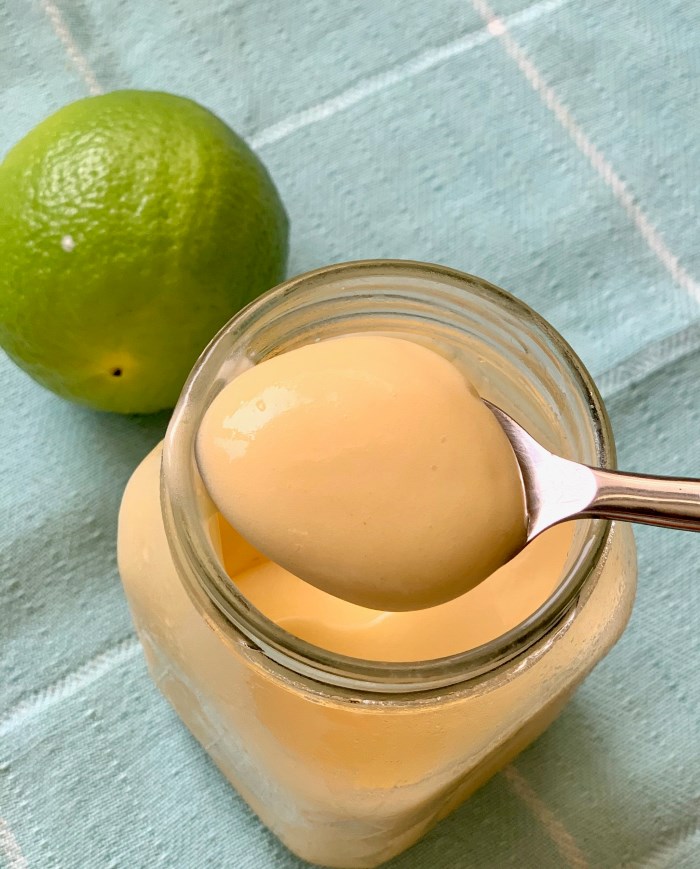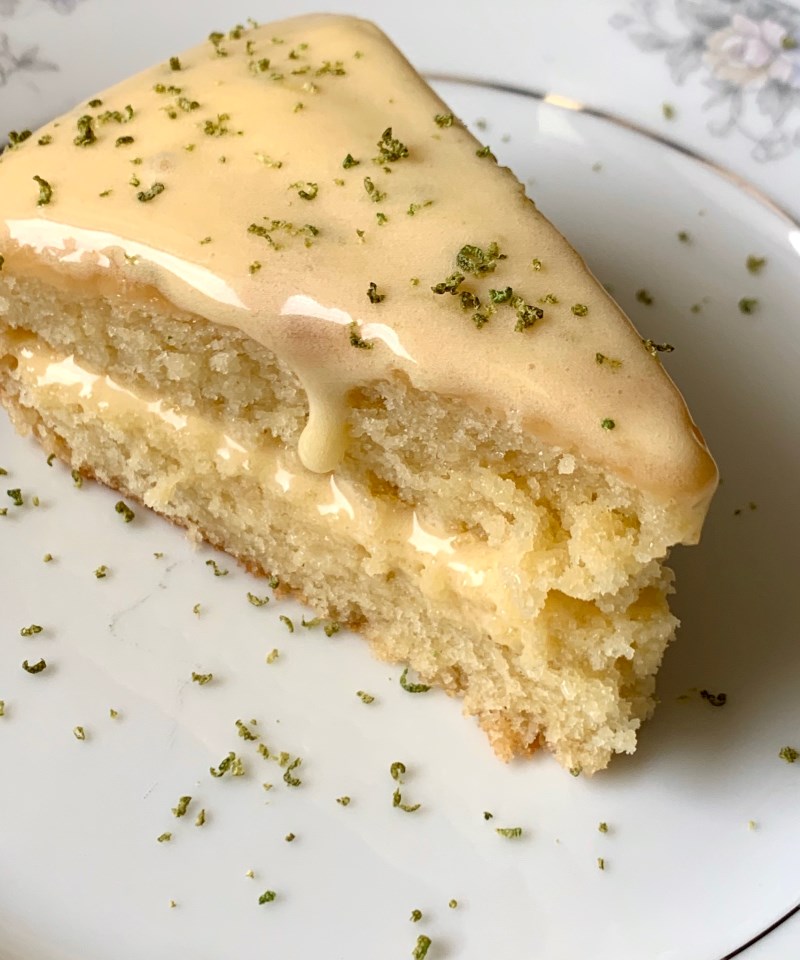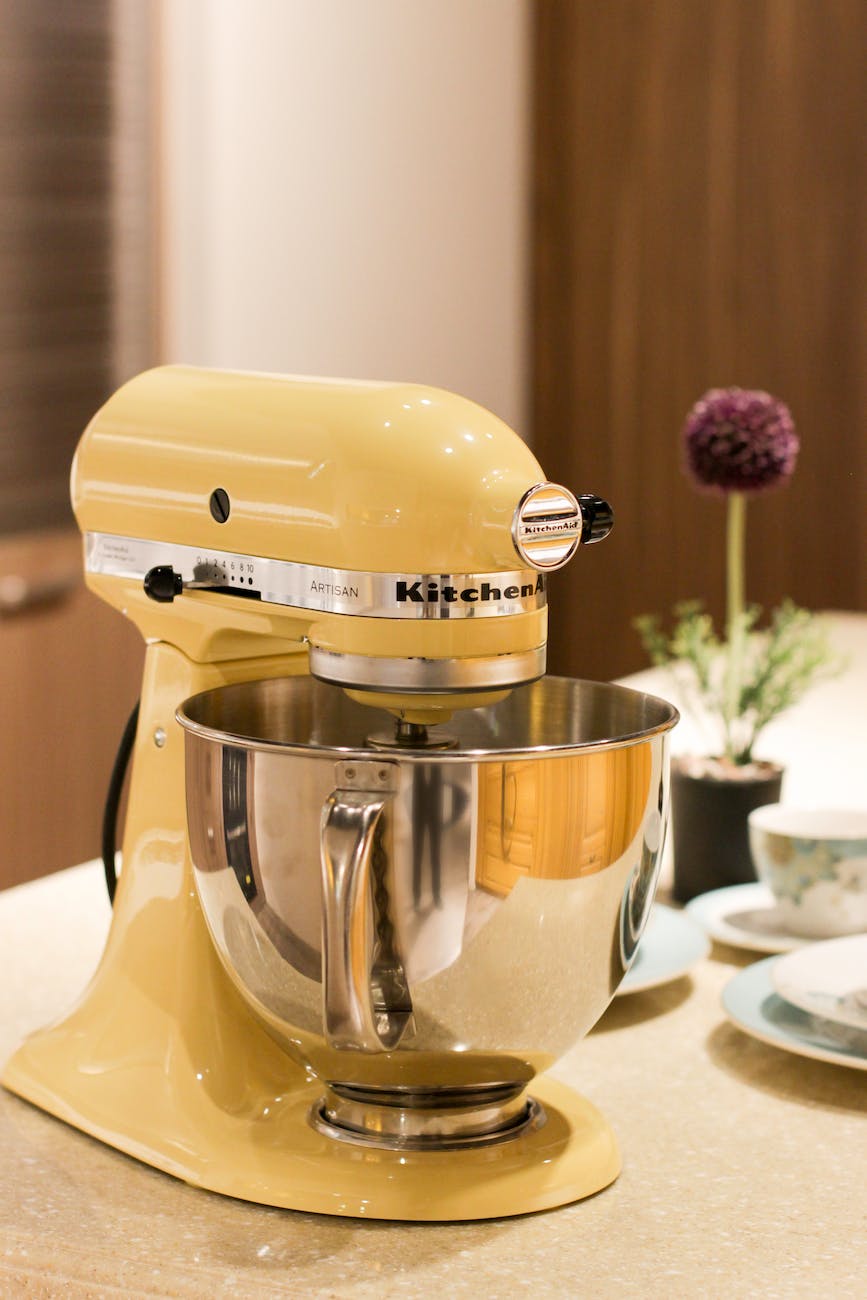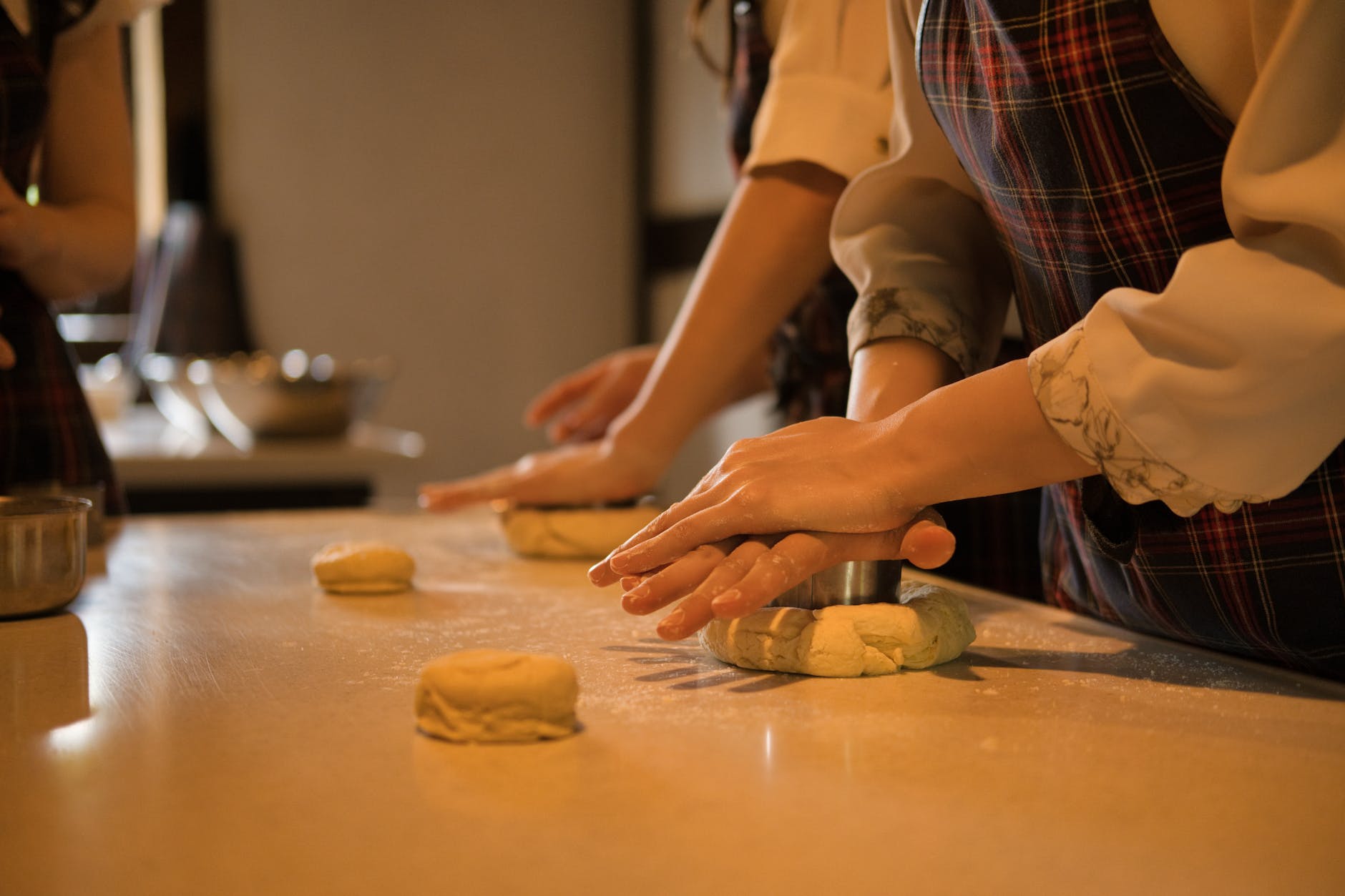
Lemon Curd is a rich, soft, buttery and custard like spread or topping that has a deliciously tart yet sweet citrus flavour.
This method of making Lemon Curd is totally fool-proof. It will ensure a perfect velvety smooth lemon curd with no lumps. I discovered this perfect trick to make Lemon Curd after few hits and trials. It is so easy that I started calling it Fool Proof Lemon Curd Recipe.
I can bet that you will stop buying it from the market once you use this recipe. Your store bought doesn’t even come close to this. One spoonful of this and you will literally go “mmmmmm”. It’s that good.
The trick to make perfectly smooth lemon curd is whole egg. Most cooks don’t use egg white in Lemon Curd because chances of egg white coagulating is higher but egg white gives a very light, almost custardy texture which I love. The trick to get it right is simple. You just have to whip it well, keep stirring and cook on low flame. DO NOT LET IT BOIL!
How to use Lemon Curd?
Well, there are countless ways to use it. While traditionally it was used as a spread for scones. But it makes a delicious filling or topping for tarts, pies, cakes, pancakes, crepes, cheesecakes and the list goes on and on.

How long does it last?
If stored in a refrigerator in an airtight glass jar, this can last you almost a month. And yes, this freezes well too. Just thaw before using it and it is good to go.
Points to Remember
- I like to use Meyer lemon for making this but you can use whatever is easily available.
- It is always good to weigh the ingredients and not use a rough estimate in recipes like these.
- Always use a double boiler for this recipe. If you don’t have a double boiler, make a makeshift double boiler by placing a heatproof glass bowl on top of a larger pot. Just make sure the bottom of the bowl does not touch the water in the larger pot.

Recipe
| Prep time: 5 mins | Serving: makes 400 ml |
| Cook time: 15 mins |
Ingredients
- Egg yolks: 2 large
- Whole egg: 1
- Castor sugar: 80 gms
- Cornflour: 1 tbsp
- Lemon juice: 90 ml
- Cold Butter: 75 gms (cut in cubes)
- Salt: 1/4th tsp
- Lemon zest: 1 tsp
Method
- Before starting, keep all the ingredients ready. Keep butter cubes in refrigerator.
- Make a double boiler setting. Take a pan and a heat proof bowl. Use either a glass bowl or a stainless steel bowl. No aluminium. Add some water in the pan. The bowl should not be touching the water.
- In the heat proof bowl, add egg yolks, whole egg, cornstarch & sugar. Whip till it becomes light and fluffy and sugar almost melts. This should take 2-3 minutes.
- Heat lemons in microwave for 10-15 seconds and squeeze out 90 ml juice. Add lemon zest to the heat proof bowl and then gradually add lemon juice in 2-3 batches, whisking each time.
- While you are whisking, heat the water. Do not let the water boil. Now put the heat proof bowl on top.
- Cook on the lowest flame. Keep stirring continuously till it thickens. This is very important otherwise chances are the eggs will coagulate. It’ll take roughly 15 minutes.
In case the water beneath starts boiling, take it off heat for a few seconds then put it back. The idea is to allow it to cook & thicken on low heat. - Take a wooden spoon/spatula and check after 12 minutes. It should coat the back of the spoon. Slide your finger, if the path is clear then it’s cooked. If not or you are unsure, cook it for a few more minutes.
- Once off heat, add cold butter cubes one by one and keep whisking continuously till it incorporates fully. Then sieve it for a smooth lemon curd. Transfer it to an airtight glass jar and refrigerate. It’ll thicken further on cooling.
- It tastes much better after 1-2 days. If you plan to make a dessert using lemon curd, make it a couple of days in advance.













